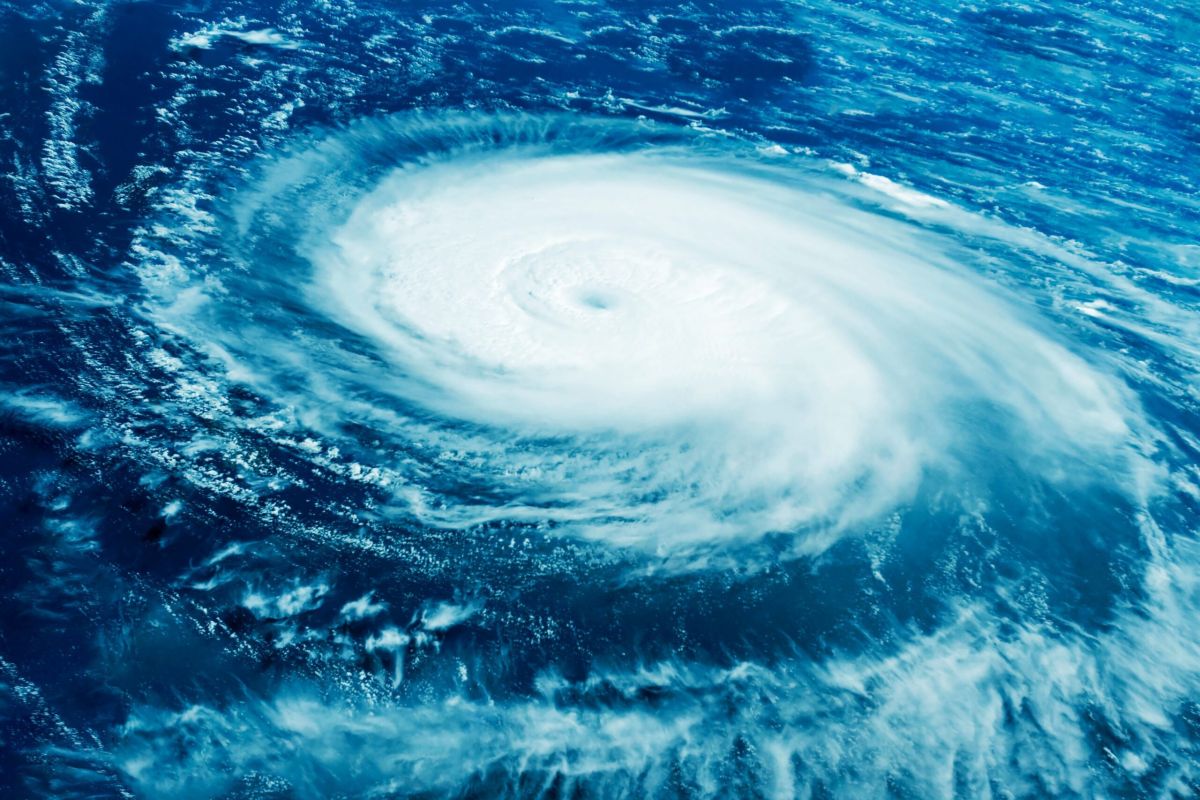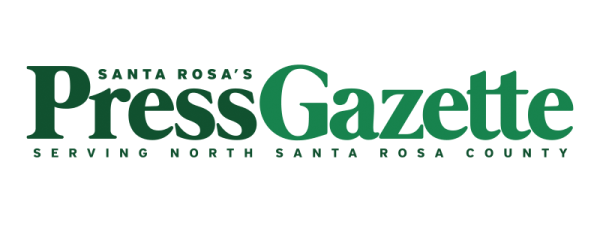The 2025 hurricane season begins

“Being ready for a week isn’t just a recommendation. It’s a crucial step in protecting your family and reducing the impact of hurricanes and other disasters,” Tom Lloyd, Santa Rosa County Public Safety Director, said. “Don’t wait until a storm is on the radar. Start now: make a plan, build or refresh a disaster supply kit, and stay informed.”
In the event of a tropical storm or hurricane, evacuations could be called for residents in evacuation zones or mobile homes. Lloyd said it’s important to check now to see if you live in an evacuation zone and make a plan for where you will go if told to evacuate.
Santa Rosa County’s interactive Know Your Zone Map is searchable by address and will also show if any evacuations have been ordered or recommended. It’s also important to check the evacuation zones of the streets in your area. If the streets flood, you may be unable to leave until the water recedes, and responders may not be able to reach you in an emergency.
Residents who feel comfortable that their homes are built to sustain the predicted level of wind are encouraged to shelter in place during a storm. While Santa Rosa County has a shelter plan to accommodate residents, shelters are not comfortable places and should be considered a last resort.
Florida Power & Light Company (FPL) is continuing its year-round preparations for hurricanes and severe weather and encourages all Floridians to have their plans ready.
FPL has been investing in and enhancing the electric grid, while also training teams throughout the state. Electric systems have been hardened with designs such as steel, concrete, and reinforced wooden power poles. Trees and other vegetation around thousands of miles of power lines are being maintained in hopes of reducing a leading cause of outages.
Power lines are being upgraded in select neighborhoods with the Storm Secure Underground Program, which targets areas based on reliability and power outage data to improve resiliency systemwide, while also improving efficiency during storm restoration.
FPL has also completed its annual storm drill that puts thousands of employees around the state through a simulated hurricane scenario to test and refine the restoration of power process. What Floridians can do now:
- If you’re planning to use a generator this hurricane season, now is the time to read the instruction manual to ensure you have a complete understanding of how to operate it safely during a potential outage.
- Check radios, flashlights, batteries, and phone chargers to be prepared for potential power outages during hurricane season.
- Have a plan ready – including evacuation or backup generation – for any family members who rely on medically necessary devices that require electricity.
- Make safety a part of your plan: Stay far away from and do not touch any downed power lines or flooded and debris-laden areas that may be hiding downed power lines. Call 911 and 1-800-4-OUTAGE (1-800-468-8243) if you see downed power lines or damaged electrical equipment.
- Bookmark FPL.com, download the FPL Mobile App, and save 1-800-4-OUTAGE (1-800- 468-8243) to your cell phone to report and check the status of your restoration.
A year-round resource: For tips and advice on developing emergency plans, visit FPL.com/Storm. This site includes checklists, suggestions, and resources for Floridians preparing their homes and/or businesses for hurricane season.
Additional resources:
- Shelter information for Santa Rosa County: www.santarosa.fl.gov/257/Shelters
- Disaster preparedness for pets and forms needed to stay in a pet-friendly shelter: www.santarosa.fl.gov/404/Pet-Disaster-Preparation
- Santa Rosa County Disaster Preparedness Guide: www.santarosa.fl.gov/DisasterGuide
- Location specific alerts: www.AlertSantaRosa.com
- National Hurricane Center: www.nhc.noaa.gov
- National Weather Service Mobile: www.weather.gov/mob
- Weather radio information and programming: www.weather.gov/mob/nwrhelp#Midland74210
- Weather radios may come pre-programmed. For help re-programming your weather radio, call 850-983-5360.
Printed copies and postcards with a QR code leading to the online disaster guide will soon be available in various locations, including county offices and libraries, local chambers of commerce, and some local retailers.






